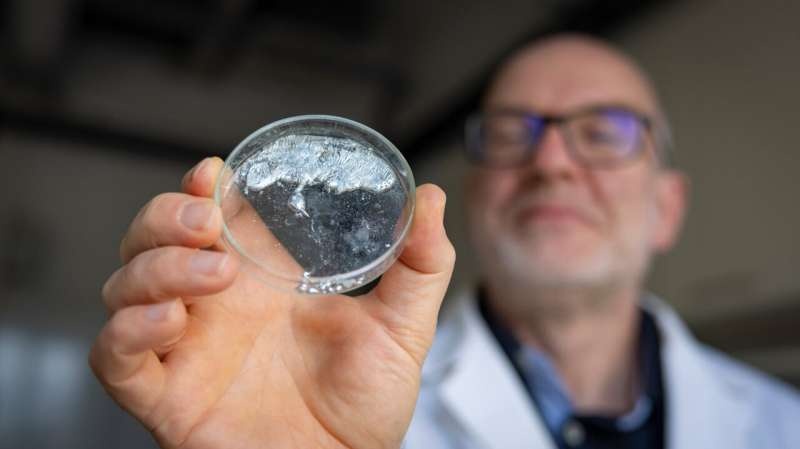Researchers at Chemnitz University of Technology have made a groundbreaking discovery in the field of catalysis, paving the way for more sustainable and cost-effective manufacturing processes. By synthesizing a unique gallium compound, they have opened up new possibilities for replacing rare and expensive precious metal catalysts with more abundant and eco-friendly alternatives.

Never say Never to Catalysts: The unsung heroes of Industry
Catalysts are essential in the production of many products we rely on each day. These wonderful compounds are responsible for everything from cleaning up the exhaust gas in cars to making fertilizers in the chemical industry, and they do all this while saving energy and minimizing side reactions.
Conventionally, these catalysts rely on infrequent and costly precious metals such as iridium and rhodium. While these materials are generally effective they cost the environment in terms of pollution. To cope with this issue, scientists are trying to find alternatives that can be easily available at low cost and climate-friendly.
Taming the Power of Gallium
Recently, main-group metals such as aluminum and gallium have been suggested as potential alternatives to precious metal catalysts. As these elements are more abundantly available in the Earth’s crust, it makes for a greener option. Further, they are non-toxic and can offer unusual chemical functionality that is of great interest in catalysis.
Nonetheless, the identification of catalytic strategies for these abundant elements has proven to be a significant challenge. The way these common elements approach electron splitting means techniques that work for precious metals aren’t always perfect. And here lies a rather impressive breakthrough that the research team from Chemnitz has succeeded with.
The team at the Chair of Inorganic Chemistry, under the guidance of Prof. Dr. Robert Kretschmer, has for the first time managed to synthesize a gallium compound that is unique in its configuration. The fact that gallium is bound to a single carbon atom is unusual, and only a few research groups around the world have ever seen it.
The reactivity of this new material is quite incredible. Normally, gallium strives to increase the bond order in a reaction – as such they are also not only talking about a few elementary steps where one additional bond is being formed but accomplished that the metal has exactly one bond left at the end of a process and yet marched two carbon atoms further. Insertion reactions like these are of such importance in industrial synthesis that it is crucial to observe this behavior and potentially exciting prospects for new developments in catalysis.
Conclusion
The researchers in Chemnitz, who are performing research of tremendous significance to the development of sustainable and cost-effective catalysts, have taken things one step further. Here it has been shown for the first time that unconventional catalysts can alter the manufacturing landscape by being able to synthesize a new gallium compound with exceptional reactivity. The finding has opened the path to additional developments in catalysis, thus providing more sustainable production routes in industry that would be beneficial for both industry and the environment.
